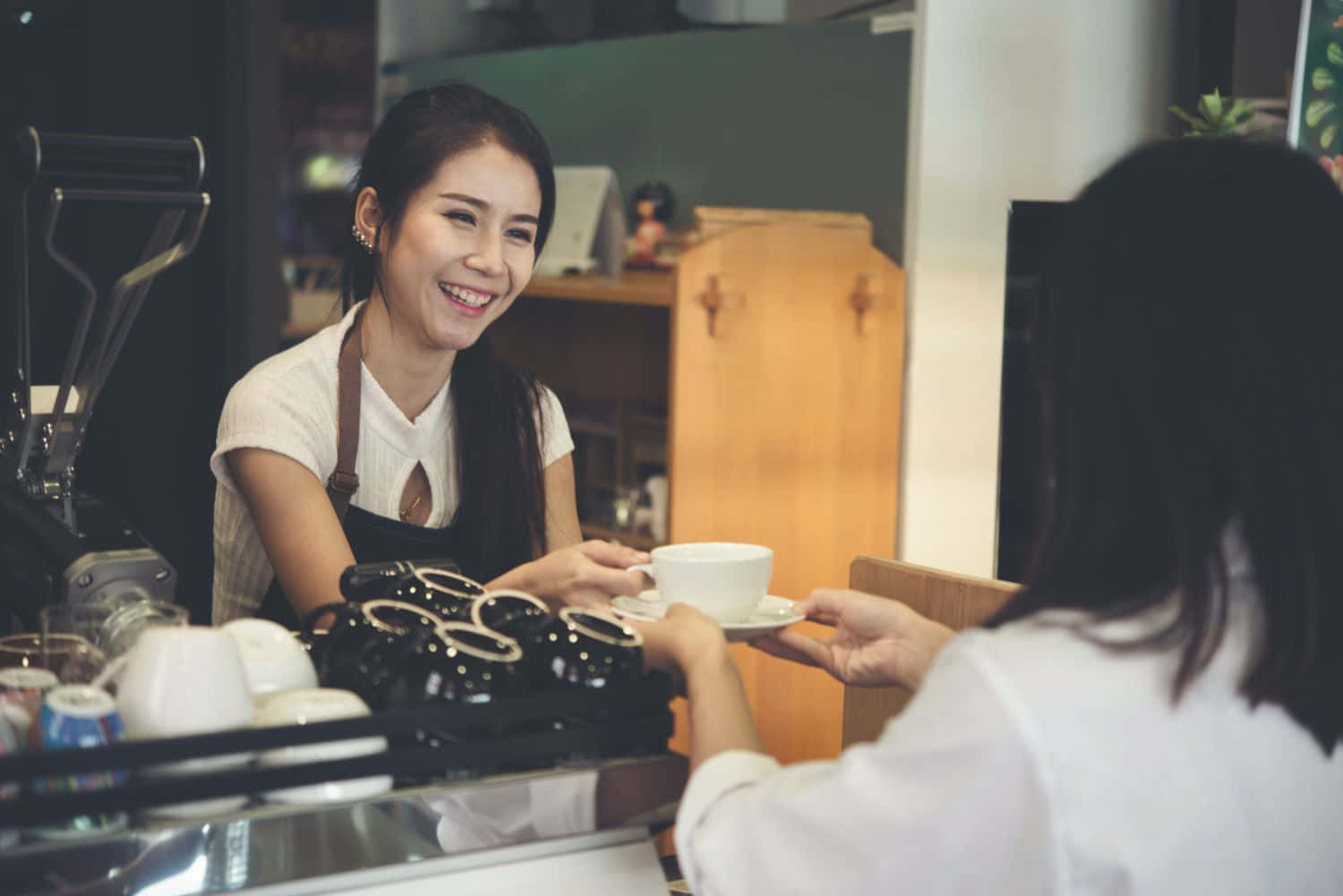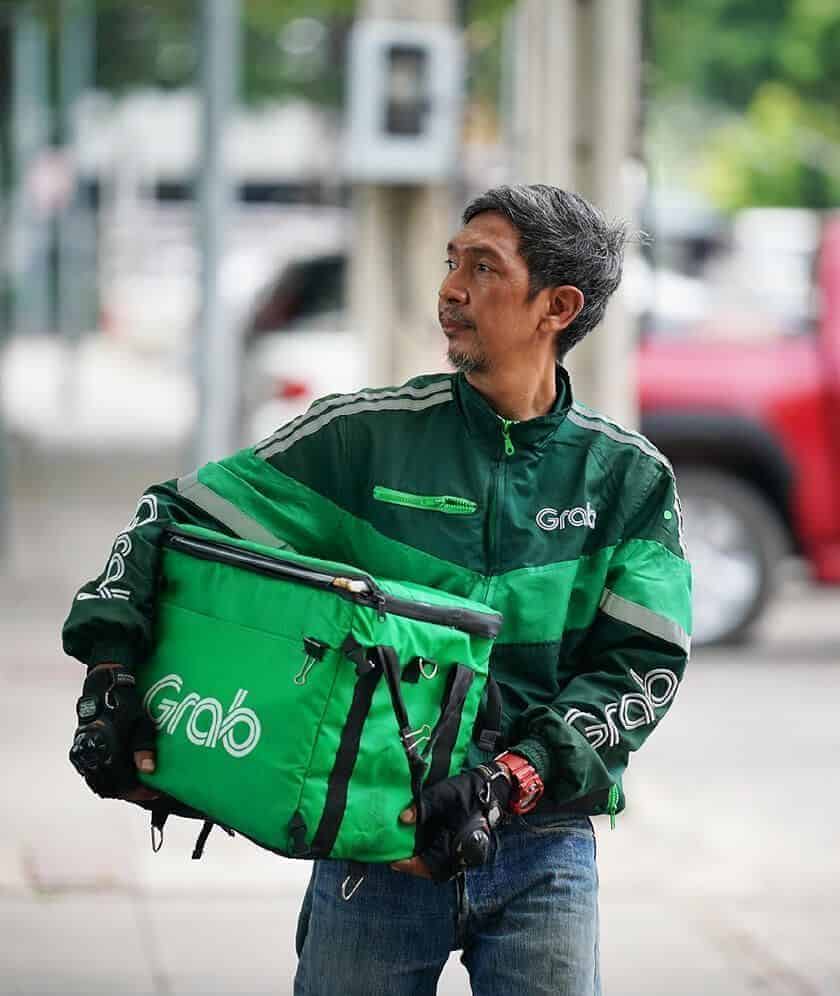
Food and beverage brands have some edge in building customer loyalty. After all, everyone needs to eat and drink every day.
The challenge then for these brands is how to keep their customers happy enough that they always come back, no matter how stiff the competition is.
Especially at a time when customers are constantly enticed with the next trendy drink, snack, or even restaurant every time they open their social media accounts, retaining and engaging them is key for F&B brands to ensure their businesses are not out of the conversation by the next season.
For decades, a rewards or loyalty programme has been how businesses enticed these customers to stay.
In Southeast Asia, for example, according to an April 2023 customer intelligence report, 9 out of 10 consumers in the region prefer to shop when a brand offers a loyalty programme. This sentiment transcends even to food and beverage (F&B) businesses. The report even argues that keeping existing customers, rather than attracting new ones, is less expensive for businesses.
So it is unsurprising that many brands across industries have a loyalty programme. It is in crafting one that rises above the competition that is the challenge.
An omnichannel approach to building customer loyalty
A Mastercard executive says the traditional and basic strategy of “heavy discounting” no longer bites with key markets in the region, such as Vietnam, Thailand, Indonesia, and the Philippines. There is, however, a chance for brands to tap into the emerging middle class in these markets and craft a loyalty programme that can keep customers engaged.
One of the rising approaches to do so is by employing an omnichannel loyalty programme. This strategy uses technology to provide a customer experience that delivers relevant offers at the right time. It’s a way a brand can lend itself available just when the customer needs and wants it.
Brands now foster loyalty not just in-store but through other channels, as well. Below, we share how some F&B brands employed this omnichannel approach.
Brand-focused customer apps to build engagement
These days, brands are no longer just issuing rewards cards; they issue customer-centric apps, too.
McDonald’s, one of the world’s largest fast-food chains, is one of the first movers in its category to introduce a customer app. When McDonald’s launched the app in select markets in 2015, it only allowed customers to check the nutrition facts of menu items, or where the nearby branches are. Eventually, the app evolved and offered deliveries, which allowed McDonald’s to craft in-app promos and discounts.
The app’s introduction allowed the company to gather insights into its customers’ shopping behaviours, from the items they usually order, to when and where they are when they do so.
In Thailand, such data allowed McDonald’s to iterate the app to create personalised promos, offering discounts and deals based on how customers interact or engage with the app.
The rise of the digital gifting
Another facet of the omnichannel approach is how brands make themselves available even in non-traditional channels. When the pandemic struck, for example, food and beverage companies also had to be innovative in keeping their products available to their customers, even in the comforts of their homes.
In some Grab markets in Southeast Asia, restaurants started offering a digital gifting option for users, which allowed them to send GrabGifts vouchers to a friend or a relative, with vouchers for a drink in their favourite cafe or fast-food chain.
While having a meal or a drink sent to a friend via GrabFood was also available, the GrabGifts voucher option provided a personal touch to such a gesture as it allowed users to also send a personalised digital card.
In the Philippines, for example, cafe restaurant chain J.Co has made itself available as a gift option via GrabGifts on the Grab app. This allowed the cafe to be a brand remembered at some of the most important moments of a customer’s life, as it provided value at a critical time.
Such a strategy is now essential in an innovative loyalty programme. As a market survey says, “emotional loyalty” is a key factor in turning customers into “brand advocates”.
From loyalty programme apps to e-money services
Starbucks, the world’s largest coffee chain, is also a popular example of a loyalty programme done right, thanks to its innovative customer app. When Starbucks launched its app in 2008, it was mostly a lone wolf in the F&B customer app business.
In concept, it worked the same way as a loyalty card: a customer earns points – or stars, in the case of the Starbucks app – when they purchase goods in a Starbucks store. Aside from gaining points, a customer may also use the app to search for nearby branches and, in some markets, even load e-money to the app to make purchases in Starbucks.
By 2020, Starbucks reported that over US$2.4 billion was loaded on its customer app and remains unused. By the end of 2022, about 22 million customers worldwide have signed up for the Starbucks app.
The rewards and customer programme is so popular among its customers, they even expressed outrage when Starbucks made some changes in its rewards programme in early 2023. Still, it’s a prime example of a highly engaged customer base.
Age of loyalty ecosystem
Lately, Starbucks has also been making key partnerships to enter a new age of loyalty programmes – the loyalty ecosystem. As Mastercard describes it, a loyalty ecosystem is a network of organisations that enables consumers to earn points at one organisation and use them at another. This allows Starbucks to be remembered by customers even when they no longer have drinks – the brand is now part of a customer’s lifestyle.
Starbucks made one of the first moves in this arena recently when it partnered with Grab in 2022, allowing customers in Southeast Asia to earn stars when purchasing a drink through GrabFood.
In the same way, these Starbucks purchases also allow the customer to earn GrabRewards points, which they may use on the Grab app – whether through delivery or transport services.
The same partnership also allowed customers to gift vouchers for Starbucks drinks to friends and family through the GrabGifts vouchers option.
Nurturing customer loyalty
Indeed, the loyalty programme two decades ago vastly differs from how it is now. While customers only sought perks before when shopping, these days, they also expect it to be a personal and, at times, even an entertaining experience.
How brands rise to the challenge is now the name of the game. And with Grab’s slew of features on its super app, it could definitely be your brand’s partner as it crafts a customer loyalty programme that is apt for these times.

